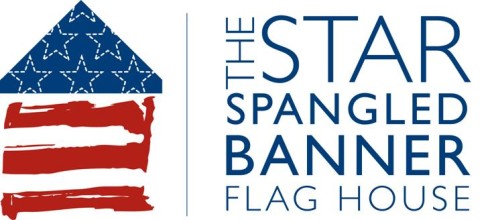Congratulations to our winner, Matthew Z.!
A bit about our winner:
Matthew Z. is a graduating senior in the International Baccalaureate at Richard Montgomery High School. For the past four years, he has written for Richard Montgomery’s student newspaper, beginning as a writer and rising to the rank of editor in chief. In line with his interest in journalism, he has been published online in The Washington Post, and he recently won first place in the Society of Professional Journalists’ annual essay contest. As a volunteer, Matthew leads his school’s 180-member National Honor Society, and he has spent summers volunteering in both South Dakota and Eastern China. In 2014, he traveled to South Korea on a State Department scholarship, where he lived in Seoul with a host family and studied the Korean language. Fluent in Spanish and proficient in German as well, Matthew has worked in an immigration law firm since sophomore year. Matthew will matriculate at Columbia University as a John Jay Scholar in the fall; he plans to study computer science and political science.
2015 Question:
Mary Pickersgill sewed a large flag for Fort McHenry during the War of 1812. Sight of the flag flying over the fort during the Battle of Baltimore in 1814 inspired Francis Scott Key to write the words
that became our national anthem. The flag Mary Pickersgill sewed, the Star-Spangled Banner, is the most important object in the Smithsonian’s collection and is seen by millions each year at the National Museum of American History.
After the war, Mary Pickersgill became president of the Impartial Female Humane Society, a Baltimore charity that supplied sewing work for impoverished and deserted women unable to find work. The Society paid the women wages 50% higher than the prevailing wage for their work. The Society received national attention in 1832 for helping lift women out of a cycle of poverty. While Mary Pickersgill was president, the charity also built the Aged Women’s Home for poor, elderly women to live out their lives in dignity.
In your opinion what was the most important accomplishment of Mary Pickersgill’s
life? Explain your answer.
Matthew’s Essay:
Have you ever actually sewn anything? I have, once. It was a pillow for Home Ec, in eighth grade.
I spent hours cutting the fabric, stitching each piece together, and embroidering the letter “M”—for extra credit, granted. But by the time I finished, I found my cynical self in love with the ugliest thing I had ever made.
Mary Pickersgill, too, learned to sew, albeit a little better than I did. She crafted the Star-Spangled Banner, and at 1,260 square feet, it dwarfs my humble pillow. She set a standard for future flags, but more importantly, she inspired generations of Americans. In her flag, they found the grandeur of America’s liberty, resilience, and beauty, all wrapped up in thousands of interwoven threads.
As with the best of artists, Pickersgill’s work has eclipsed her; the Star-Spangled Banner is far more recognized than her own name. Yet we can sense her constant presence in the flag, one not found in machined textiles.
To all you tailors, seamstresses, and average Home-Ec students, you must recall the soothing tedium of following stitch after stitch, of threading needles, of enlisting an army of pins. You must know the attachment derived from sewing a piece, and the difficulty of conveying that love to others. In the end, that was Pickersgill’s true accomplishment: not the perfect flag or a generous charity, but the power to make us love her work as much as she did, to sense in her stitches the tangible greatness of America.

